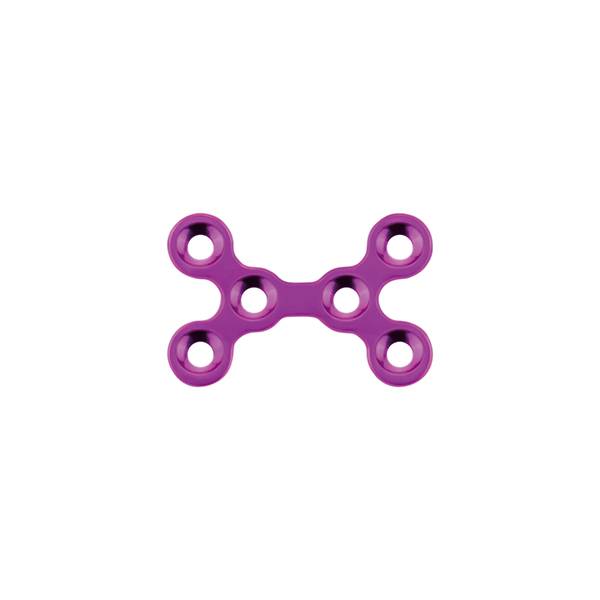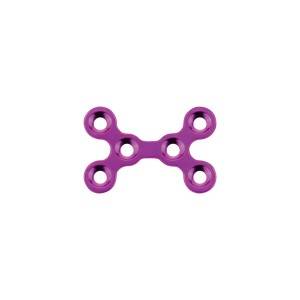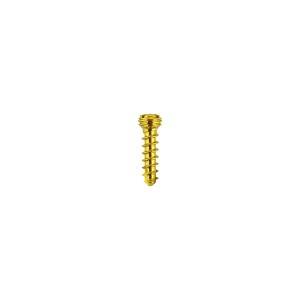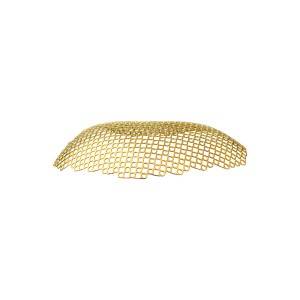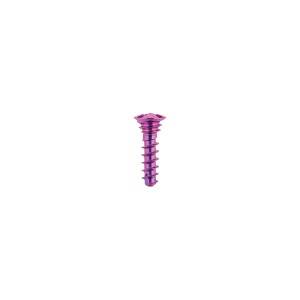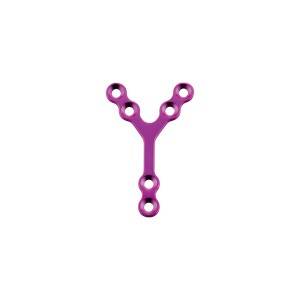Material: medical pure titanium
Thickness: 0.6mm
Product specification
|
Item No. |
Specification |
|
|
10.01.01.06021000 |
6 holes |
17mm |
Features & Benefits:
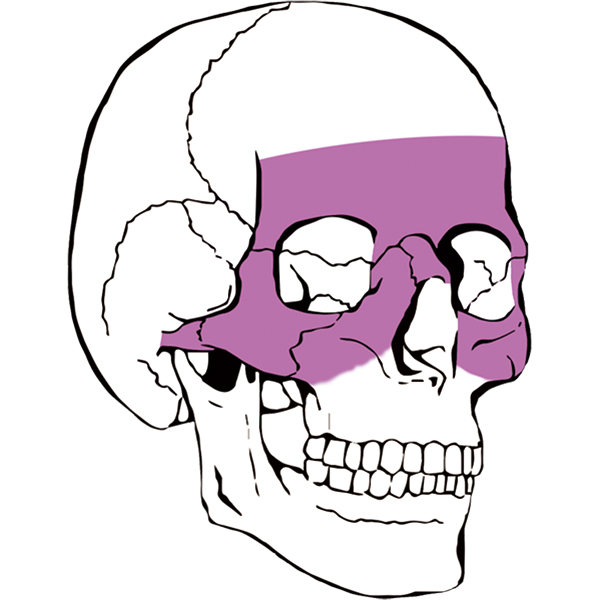
• plate hole has concave design, plate and screw can combine more closely with lower incisures, reduce the soft tissue discomfort.
• bone plate's edge is smooth, reduce the stimulation to soft tissue.
Matching screw:
φ1.5mm self-drilling screw
φ1.5mm self-tapping screw
Matching instrument:
medical drill bit φ1.1*8.5*48mm
cross head screw driver: SW0.5*2.8*95mm
straight quick coupling handle
Features of maxillofacial trauma
1. Rich blood circulation: there is more bleeding after injury, which is easy to form hematoma;Tissue edema reaction is fast and heavy, such as the mouth base, tongue base, lower jaw and other parts of the injury, due to edema, hematoma oppression and affect the airway smooth, and even cause suffocation.On the other hand, because of the rich blood supply, the tissue has strong ability to resist infection and regenerate, and the wound is easy to heal.
2. Maxillofacial injury is often accompanied by tooth injury: the broken teeth can also be splashed into the adjacent tissue, causing "secondary shrapnel injury", and can be attached to the teeth stones and bacteria into the deep tissue, causing window infection.Caries at the jaw fracture line can sometimes lead to infection at the broken end of the bone and affect the healing of the fracture.On the other hand, dental displacement or dislocation of occlusal relationship is one of the most important signs in the diagnosis of jaw fracture.In the treatment of teeth and alveolar bone or jaw fracture, often need to use teeth or dentition as the abutment ligation fixed, is an important basis of jaw traction fixation.
3. It is easy to be complicated with craniocerebral injury: including concussion, brain contusion, intracranial hematoma and skull base fracture, etc., and its main clinical feature is coma history after injury.Fractures of the skull base may be accompanied by outflow of cerebrospinal fluid from the nostril or external auditory canal.
4. Sometimes accompanied by neck injury: under the maxillofacial and neck, where the great blood vessels and cervical spine are.Mandible injury is easy to be complicated with neck injury, attention should be paid to whether there is neck hematoma, cervical spine injury or high paraplegia.Carotid aneurysms, pseudoaneurysms and arteriovenous fistulas may sometimes be formed in the late stage when the large vessels of the neck are injured by blunt force in the neck.
5. Easy to happen asphyxia: injury can be due to tissue displacement, swelling and tongue drop, blood clots and secretions blockage and affect breathing or asphyxia.
6. Impairment of feeding and oral hygiene: Oral opening, chewing, speech or swallowing may be affected after injury or when interjaw traction is required for treatment, which may interfere with normal eating.
7. Easy to infection: oral and maxillofacial sinus cavity, there are oral cavity, nasal cavity, sinus and orbit, etc.The presence of a large number of bacteria in these sinus cavities, if the same as the wound, is prone to infection.
8. Can be accompanied by other anatomical structure injury: the distribution of salivary glands, facial nerve and trigeminal nerve in the oral and maxillofacial region, such as parotid gland damage, can cause salivary fistula;If injury facial nerve, can produce facial paralysis;When the trigeminal nerve is injured, numbness may appear in the corresponding distribution area.
9. Facial deformity: After maxillofacial injury, there are often different degrees of facial deformity, which aggravates the mental and psychological burden of the wounded.
